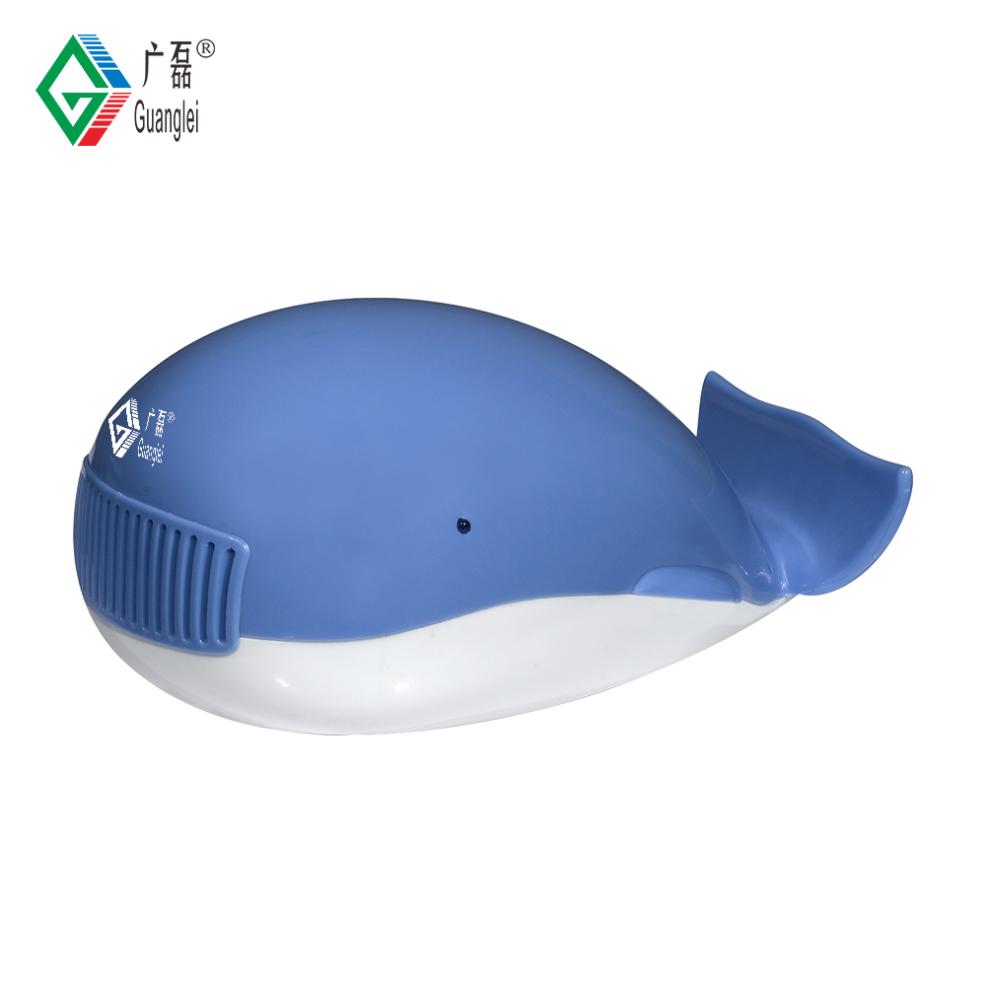Married couple Robert and PJ Rex are the owners of Deerfield Ranch Winery in Kenwood. Robert is the winemaker and oversees the vineyard, and PJ manages the marketing. The 2022 harvest is their 50th vintage and the 40th vintage in Kenwood.
In this first installment of the Profiles of the Winemaker series, I interviewed Robert about his beginnings, the 2022 vintage, and the giraffes in the vineyard. Car Air Purifier

Debra Beresini (DB): How did you get started as a winemaker?
Robert Rex (RR): I had an older cousin who started a winetasting group, and I joined. It was a fortuitous time in the late ’60s, as wine was inexpensive. Château Lafite was $22.50 a bottle, Château Latour was $16.50 a bottle, and the best California wine was $3.50 a bottle. I tasted all the best wines in the world and fell in love with wine. I was fortunate to be born with a good palette. It was a gift.
Before becoming a winemaker, I was a tobacconist. After attending UC Berkeley, I did not know what I wanted to do. I had worked in an old tobacco shop after school and bought it. I come from a long line of Iowa farmers, and farming is in my blood, which is why I like viticulture.
DB: Tell us about the giraffes in the vineyard.
RR: PJ has always had a soft place in her heart for giraffes; it is her favorite animal. One day we were driving up the road and saw tall metal giraffes at Swede’s Feeds. PJ said, “I have to have one of those.” I bought one for her, and then our friends bought another tall one and one baby; there are three in the vineyard now.
For a while, some Mexican artists made small giraffes, and we had an “adopt a giraffe” program, where you could buy the giraffe and take it home with you. All the proceeds from the adopt-a-giraffe program went to the restoration of the wetlands that surround our vineyard.
DB: Is it challenging to grow near a wetland?
RR: This area is the Kenwood Marsh, which in tribal days covered the entire center of the valley. If you look at old maps, they show streams coming out of the hills, but they do not show any streams in the valley. The marsh makes this area cold, so spring comes later to our vineyard.
We own a little over half of the Kenwood Marsh and wanted to make the vineyard the showcase. We wanted to show that valuable crops such as wine grapes could grow in an endangered ecosystem. We planted the vineyards on the high ground, about 2 feet higher than the wetland. The vineyards were fenced individually to keep the habitat open. The marshland is connected to the forest, and the wildlife goes back and forth between the wetlands and the forest for food. It is working. The grapes are doing great, and the wetlands are very healthy.
We have an endangered plant in the marshland called the Kenwood Marsh checkerbloom. It is the only place in the world where this checkerbloom grows, and we have been trying to save it. The challenge is climate change, which has altered the marsh’s hydrology. Now we are trying to learn the new hydrology to protect the checkerbloom better. We make a wine called the Checkerbloom Rosé, as the plant grows little pink flowers. We give all the proceeds from sales of the rosé to
We are certified organic farmers, and we farm biodynamically, so there is no pesticide or herbicide. You would think, if you were next to wildland, you would have some voracious insects, but if you stop killing things, everything gets into balance. The balance is perfect, the grapes are happy, and the wetlands are happy.
DB: How has your 2022 vintage evolved?
RR: This is an interesting vintage; they call it a winemaker’s vintage. The grapes suffered through a long, extended heat wave — they can take three or four days over 100 degrees, but they shut down when the temperature is 98 degrees and stop producing carbohydrates. That long of a shutdown upsets the chemistry of the grapes, so we are getting high brix with high acid, which is very unusual.
We grow mostly syrah and sauvignon blanc at the vineyard, and petit verdot on a leased vineyard. Syrah is almost the last thing we pick because this part of Sonoma Valley is the coldest, as it is low, narrow, and the water table is very high.
After harvest, it takes three weeks for the grapes to ferment. We have about 75 different batches of wine going in tanks and fermenters. We are pressing and barreling wine every day. All of the winery tanks have been filled several times. We fill them up, press grapes, then fill the tanks again. We have done that four or five times this year.
Another aspect of our wine is that it is “clean” wine. This means a wine low in sulfites and histamines. We have been learning how to make wine without sulfites for the last few years. After picking, we put the grapes in the ozone chamber and pressurize them for 24 hours. The ozone chamber kills all the pathogens on the grapes and does not alter them.
We could also avoid the addition of sulfite during barrel-aging by releasing early, but barrel-aging is important to wine, and we barrelage our red for three to five years. Histamines, which cause headaches, are produced by bacteria in the fermentation. We reduce the bacteria by carefully sorting the fruit. Nothing goes into the fermenters you would not feed a baby. Therefore, the bacteria counts are very low, and if you have a good fermentation and keep the yeast happy, it doesn’t allow the bacteria to grow. We use a multi-step protocol to make wine better for you and more delicious in the process.
PJ, my wife, says she has never seen anyone like winemakers. They work hard during harvest, crawl home on their hands and knees, and ask, “Why do I do this?” Then May comes, the first shoots come up, and winemakers are excited about the next harvest. I never get tired of it.

Air Purifier For Home Air Quality - Purple Air